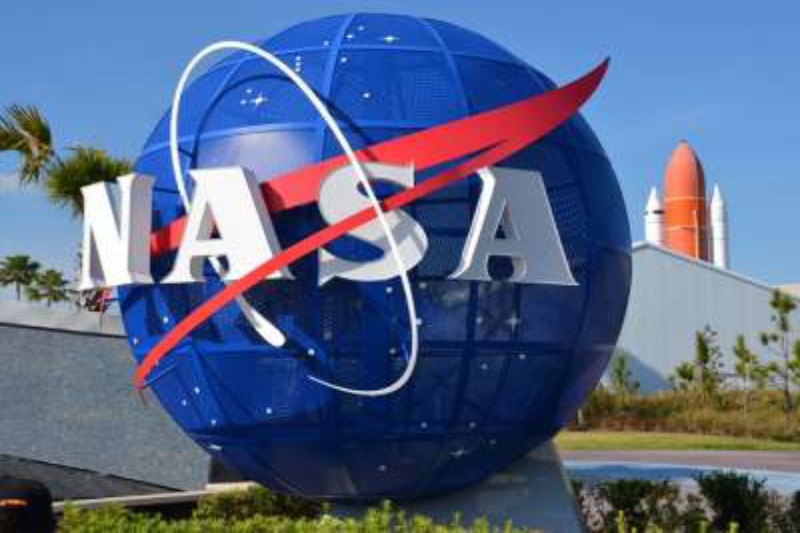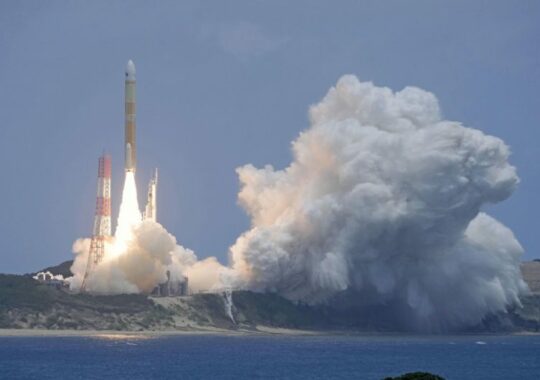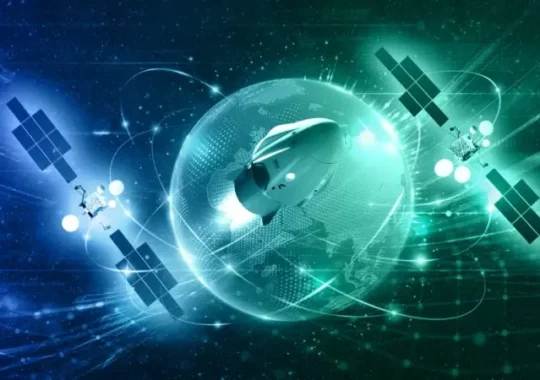After more than 3.5 months, NASA’s OSIRIS-REx probe has successfully removed the lid from the sample container containing the valuable asteroid dust sample it collected.
At last, the team can dismantle the Touch-and-Go Sample Acquisition Mechanism (TAGSAM) container and retrieve the rocks and dirt that were taken from the asteroid Bennu. After being recovered, the sample can be divided up and sent to research groups all over the world.
“Finally having the TAGSAM head open and full access to the returned Bennu samples is a monumental achievement that reflects the unwavering dedication and ingenuity of our team,” says astronomer Dante Lauretta of the University of Arizona Lunar and Planetary Laboratory.
“This success reaffirms the significance of OSIRIS-REx and our commitment to advancing our understanding of the cosmos. We eagerly anticipate the next chapter as we share these precious samples with the global scientific community and continue our journey of discovery.”
After an incredible mission spanning more than seven years, OSIRIS-REx made its flyby of Earth on September 24, releasing the TAGSAM satellite. The capsule descended across the Utah desert and was successfully recovered. It was then swiftly sent to a sterile facility so that it could be opened with the least amount of contamination possible on land.
The core TAGSAM head, which held the majority of the sample, remained hermetically sealed despite the team’s best attempts, despite the outer capsule opening quite easily and providing scientists with access to 70 grams of asteroid dust. Thirty-five fasteners sealed the container, two of which resisted brashly being undone with instruments that were permitted to be used in the sterile glovebox where the opening was to occur.
The group had to create new tools in order to tackle this issue. Two new multi-part tools that they designed had to go through extensive testing and rehearsal before they could be used in the glovebox on the real TAGSAM head.
Before the entire sample can be examined, removed, and measured, additional disassembly is still needed, but at least the major problem with those two fasteners has been resolved. Science can now move forward.
“In addition to the design challenge of being limited to curation-approved materials to protect the scientific value of the asteroid sample, these new tools also needed to function within the tightly-confined space of the glovebox, limiting their height, weight, and potential arc movement,” says petrologist Nicole Lunning, OSIRIS-REx curator at NASA’s Johnson Space Flight Center.
“The curation team showed impressive resilience and did incredible work to get these stubborn fasteners off the TAGSAM head so we can continue disassembly. We are overjoyed with the success.”
We may now finally be able to see the biggest cargo of asteroid dust ever successfully brought to Earth by a human expedition.
Now known as OSIRIS-APEX, OSIRIS-REx is currently traveling to another asteroid, Apophis, which may be dangerous. The planned date of that meeting is 2029.





